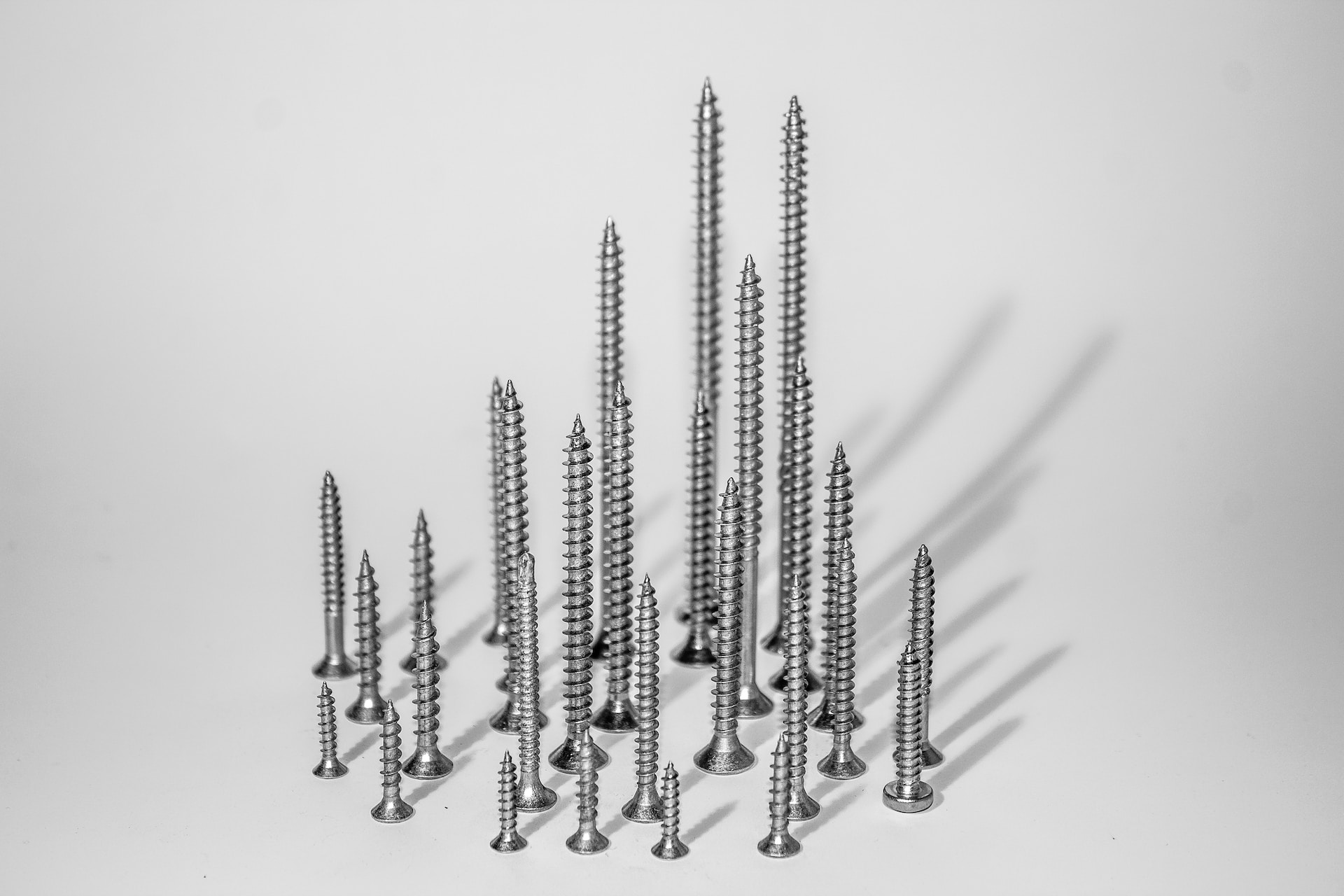In the realm of mechanical engineering, it’s often the big, flashy components that steal the spotlight. We marvel at the intricacies of gears, the power of pistons, and the precision of bearings. Yet, amidst this grandeur, there exists a humble yet indispensable component that often goes unnoticed – the set screw. Despite its modest appearance, the set screw plays a crucial role in countless mechanical systems, serving as the unsung hero that holds everything together.
At first glance, a set screw might seem inconsequential – just a small, threaded rod with a slotted or hexagonal head. However, its simplicity belies its significance. Set screws are used to secure two or more components together, preventing relative motion or slippage. They achieve this by applying pressure against a mating surface, effectively locking the components in place. This seemingly mundane task is vital for the stability, reliability, and performance of machinery across various industries.
One of the key advantages of set screws lies in their versatility. Unlike traditional fasteners such as bolts and nuts, set screws can be installed in tight spaces and on irregular surfaces. Their compact design allows them to be used in applications where clearance is limited, making them indispensable in confined environments such as machinery, electronics, and precision instruments.
Moreover, set screws offer a level of adjustability that is unmatched by other fastening methods. By simply tightening or loosening the screw, engineers can fine-tune the alignment, tension, or position of components with precision. This adjustability is particularly valuable in applications where precise alignment or tensioning is critical, such as in robotics, aerospace, and manufacturing equipment.
The importance of set screws becomes even more apparent when considering their role in maintaining operational integrity and safety. In high-speed machinery or heavy-duty equipment, even the slightest movement or vibration can lead to catastrophic failure. Set screws act as a line of defense against such risks, ensuring that critical components remain securely in place, even under extreme conditions.
Furthermore, set screws contribute to the overall efficiency and longevity of mechanical systems. By preventing slippage or misalignment, they help minimize wear and tear on components, reducing maintenance requirements and prolonging the lifespan of machinery. This not only saves time and resources but also enhances productivity and reliability, ultimately leading to cost savings for businesses and industries.
Despite their importance, set screws are often overlooked or taken for granted. Engineers and designers may spend hours deliberating over complex mechanisms and sophisticated components, only to overlook the humble set screw that holds it all together. Yet, as any experienced engineer will attest, the reliability and performance of a mechanical system often hinge on the effectiveness of its smallest parts.
In conclusion, the set screw may not command the same attention as its more glamorous counterparts in the world of mechanical engineering. Still, its role as the unsung hero of countless mechanical systems cannot be overstated. From securing delicate electronic components to holding together massive industrial machinery, set screws play a crucial role in ensuring stability, reliability, and safety. As we continue to push the boundaries of innovation and technology, let us not forget to acknowledge and appreciate the humble set screw for its indispensable contributions to the world of mechanics.






